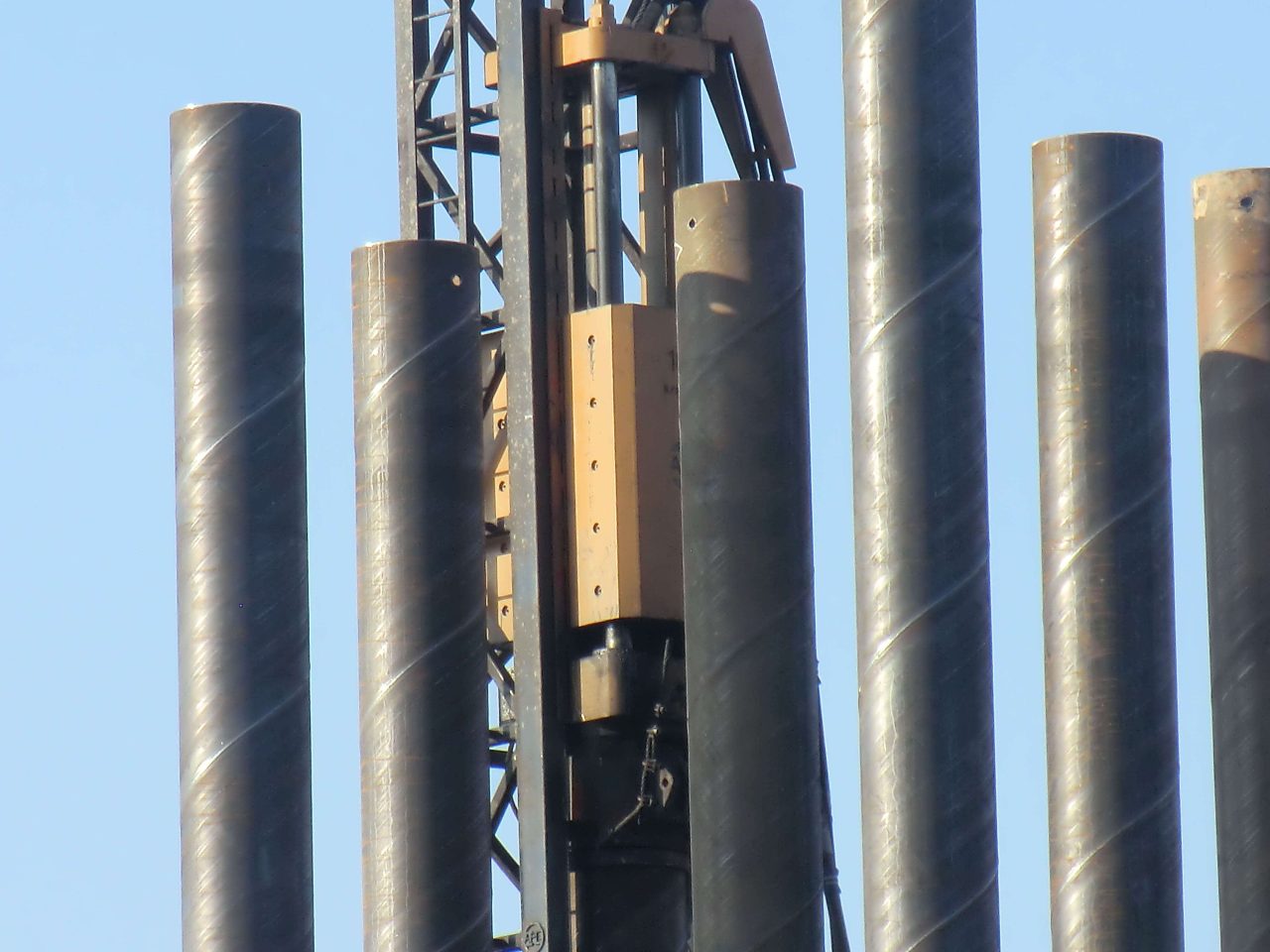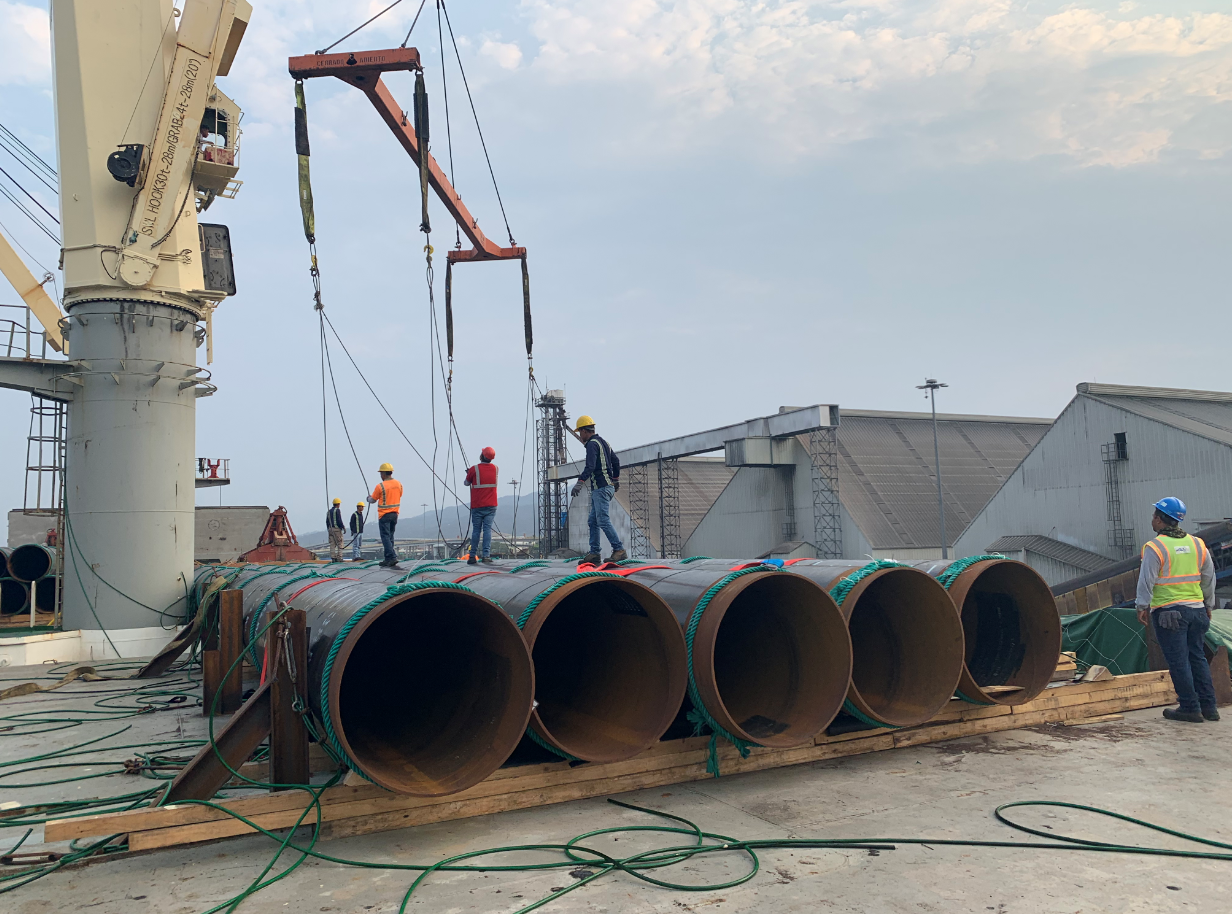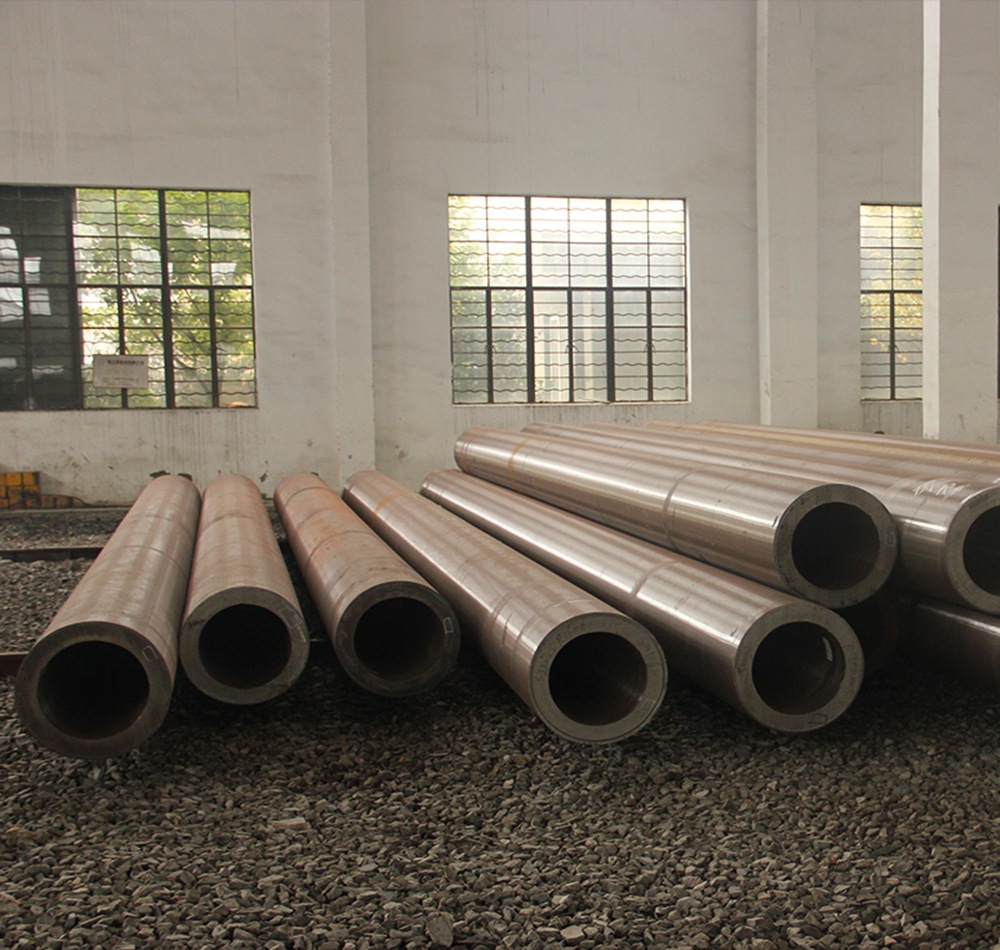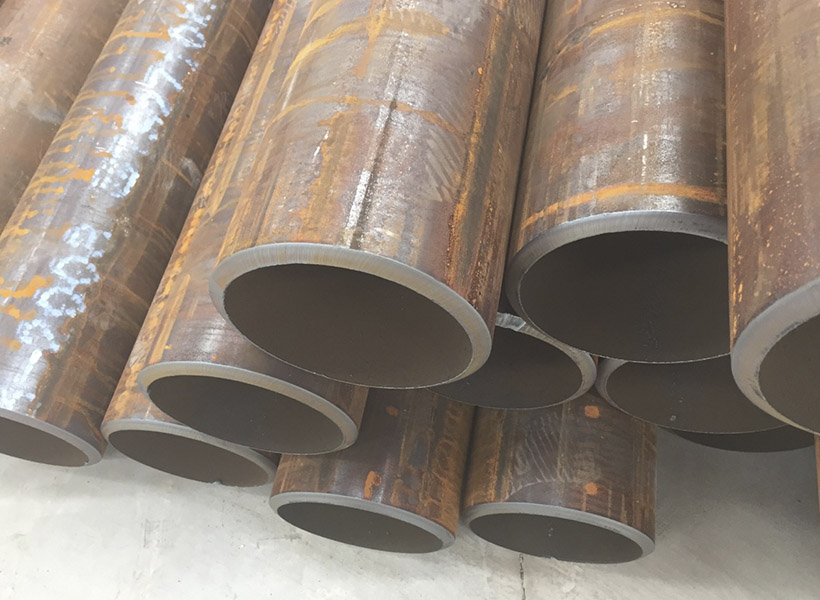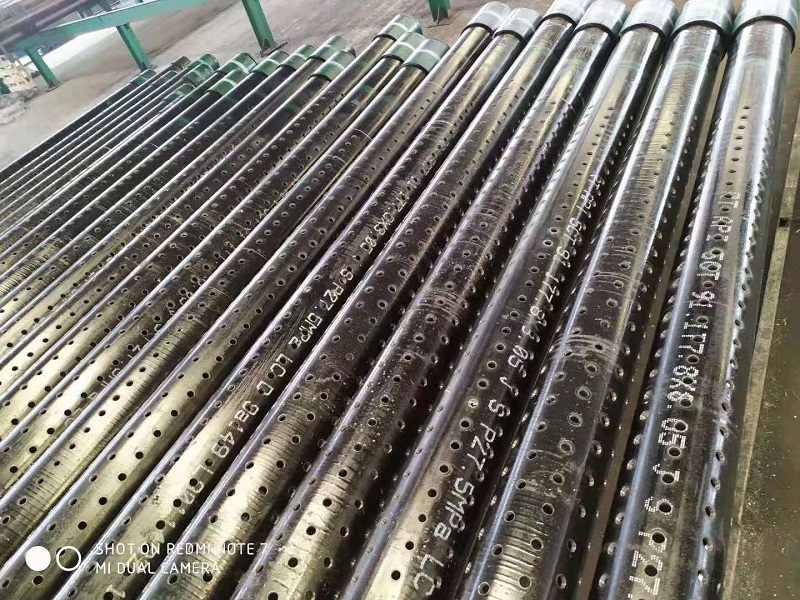Analysis of Space Frame Structure and Truss Structure
1. Space Frame Structure
1.1 What is a Space Frame?
A space frame is a three-dimensional structural framework composed of interconnected struts or rods arranged in a geometric pattern. Typically, these structures form a series of tetrahedrons or other polyhedra and distribute loads uniformly in all directions. Space frames are known for their high strength-to-weight ratio and ability to cover large spans without internal supports.
1.2 Selection of Space Frame Structure
When selecting a space frame structure, consider the following factors:
- Span and Load Requirements: Suitable for large spans and heavy loads as they can distribute weight efficiently.
- Architectural Aesthetics: Preferred for projects requiring a modern, visually appealing design.
- Structural Integrity: Ideal for structures needing high rigidity and stability.
- Construction Complexity: Requires precise manufacturing and assembly, which can be time-consuming and costly.
- Maintenance Needs: Regular inspection and maintenance of joints and connections are necessary.
1.3 Material Selection for Space Frame Structure
The choice of materials for a space frame structure depends on various factors, including strength, weight, and environmental conditions. Common materials include:
- Steel: Offers high strength and durability, making it suitable for large spans and heavy loads.
- Aluminum: Lightweight and corrosion-resistant, ideal for structures in corrosive environments.
- Composite Materials: Used for their high strength-to-weight ratio and resistance to environmental factors.
1.4 Specific Application of Space Frame Structure Engineering
Space frame structures are used in a variety of engineering applications, including:
- Architectural Buildings: Airports, stadiums, exhibition halls, and large public spaces.
- Industrial Buildings: Warehouses, factories, and aircraft hangars.
- Special Structures: Domes, canopies, and space stations.
- Transportation Hubs: Bus terminals, train stations, and other transit facilities.
2. Pipe Truss Structure
2.1 What is a Truss Structure?
A truss structure is a two-dimensional framework composed of triangular units. The members, usually straight, are connected at nodes or joints to form stable geometric shapes. Trusses are designed to carry loads primarily through axial forces (tension and compression), making them efficient for spanning large distances with minimal material.
2.2 Specific Application of Pipe Truss Structure Engineering
Pipe truss structures are specifically designed using circular hollow sections (pipes) as their members. They are used in various engineering applications, including:
- Bridges: Ideal for spanning long distances with minimal material, providing stability and strength.
- Roof Structures: Widely used in stadiums, arenas, exhibition halls, and industrial buildings.
- Towers and Masts: Suitable for communication towers, electrical transmission towers, and other tall structures.
- Architectural Features: Used in modern architectural designs for their aesthetic appeal and structural efficiency.
Comparison of Pipe Truss Structure and Space Frame Structure
Structural Efficiency
- Space Frame: Offers superior load distribution in three dimensions, making it ideal for large spans and complex architectural forms.
- Pipe Truss: Efficient for two-dimensional load distribution, suitable for medium to large spans and straightforward applications.
Construction and Assembly
- Space Frame: More complex and time-consuming to fabricate and assemble due to its three-dimensional nature.
- Pipe Truss: Easier and quicker to construct with simpler design requirements and fewer materials.
Aesthetic and Architectural Applications
- Space Frame: Preferred for projects requiring modern, visually striking designs and large-scale public structures.
- Pipe Truss: Utilitarian in appearance but can still be aesthetically pleasing in architectural designs, particularly with exposed pipe trusses.
Cost and Maintenance
- Space Frame: Generally more expensive due to complex fabrication and assembly. Requires regular maintenance of joints and connections.
- Pipe Truss: More economical due to simpler design and construction processes. Maintenance is focused on ensuring the integrity of connections and preventing corrosion.
Both space frame structures and pipe truss structures serve important roles in engineering and architecture. Space frames are ideal for large spans and architecturally significant structures due to their superior load distribution and aesthetic appeal. Pipe trusses, on the other hand, offer a more straightforward and economical solution for a wide range of applications, particularly where ease of construction and cost-effectiveness are critical. The choice between the two depends on the specific requirements of the project, including span, load, aesthetics, and budget constraints.

